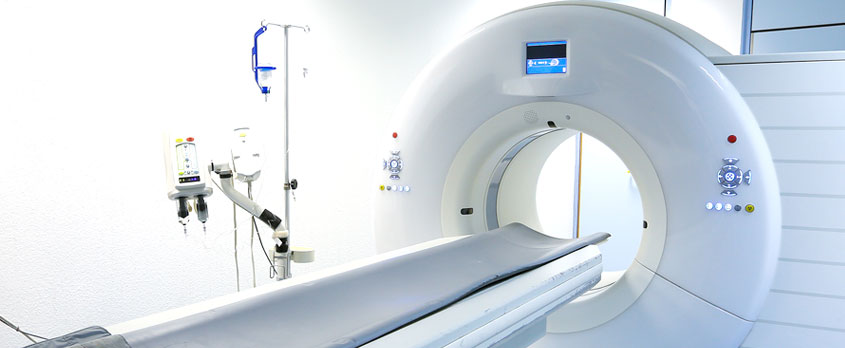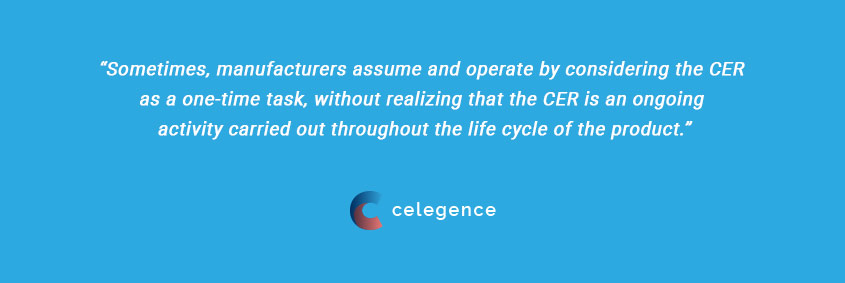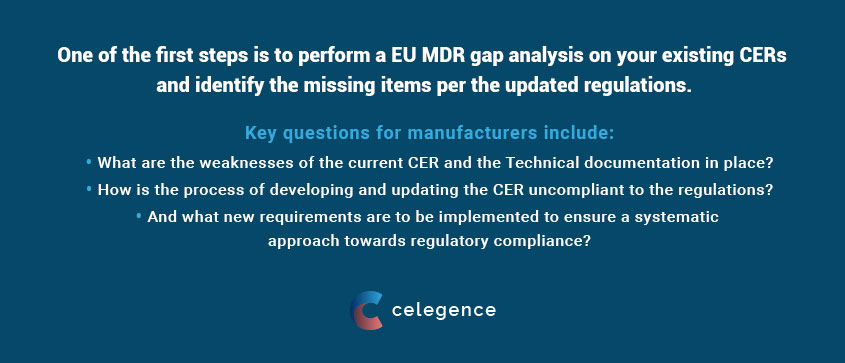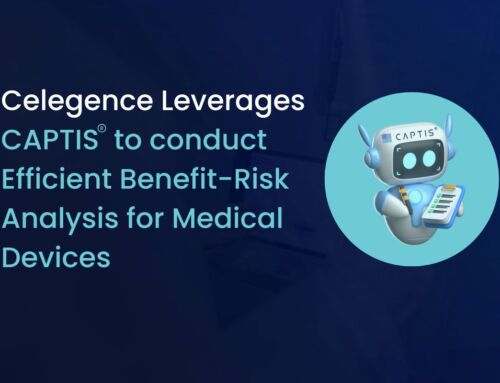
Authoring a Clinical Evaluation Report Under the EU MDR
A clinical evaluation report (CER) is the assessment and analysis of clinical data pertaining to a Medical Device, and to verify its clinical safety and performance. It is an integral part of technical documentation necessary to be submitted to notified bodies for regulatory compliance per the European Union Medical Device Regulations (EU–MDR). However, despite its paramount nature, there seems to be a continual lack of clarity regarding key elements, requirements, and best practices for the creation of a well-designed CER. A recent survey by KPMG in association with the Regulatory Affairs Professional Society revealed that almost 78% of medical device manufacturers do not sufficiently understand the MDR, while 58% did not have a strategy in place to correct gaps in their processes. In this post we’ll outline the approach to authoring a Clinical Evaluation Report under the EU MDR.
Differences Between MEDDEV and the MDR Update
Much has been written regarding the differences between MEDDEV and the MDR update, showcasing that the MDR directives place stricter regulations on medical device safety and performance. In a snapshot, some of the key changes include:
- Unique Device Identification (UDI) – The EU MDR adopted and defined the UDI requirements in 2017, introducing a new concept of the basic UDI-DI which allows for the grouping of regulated medical devices within EUDAMED (the EU regulatory database for regulated medical devices).
- Economic Operators – The MDR includes requirements for European importers and distributors who are bringing in medical devices from other geographies.
- Qualified Personnel – Requirement to have qualified persons from the manufacturer ensuring regulatory compliance.
- Scope of Medical Devices – an extension of the scope of the medical device regulations to products without an intended medical purpose but are analogous to devices with a medical purpose, e.g., Coloured non-corrective contact lenses.
- Post-Market Surveillance (PMS) – Notified Bodies will now expand and play a bigger role in supervising the manufacturer’s PMS systems, requiring PMS reports based on the class of the device, a Periodic Safety Update Report (PSUR), and the commitment to a Post-Market Clinical Follow-Up

Challenges with Clinical Evaluation Writing for the EU MDR
Manufacturers often face a multitude of challenges in the process of achieving regulatory compliance. These challenges could arrive at any stage within the system – at the technical documentation phase, or issues with the quality management system, and possibly the inability to choose the right pathway to clinical evaluation (e.g., equivalence), etc.
Sometimes, manufacturers assume and operate by considering the CER as a one-time task, without realizing that the CER is an ongoing activity carried out throughout the life cycle of the product.
Manufacturers must be acclimated with the concept of regularly gathering and updating data from PMS and risk management activities for the CER. For further reading check our post about the regulatory challenges in writing EU MDR Compliant CERs.

Claim Your Free EU MDR Checklist Now!
Make sure you and your business are compliant with the new EU MDR. Get our 23 page checklist for actionable technical documentation requirements.

Approach to Authoring a CER
The MDR requires manufacturers to stay continually invested in the product life cycle, updating data regularly to avoid bottlenecks in the pathway to draft a CER. Efficient manufacturers approach the process during the research phase and will document aspects relevant to the clinical evaluation from both internal and external sources.
One of the first steps is to perform a EU MDR gap analysis on your existing CERs and identify the missing items per the updated regulations. Key questions for manufacturers include – what are the weaknesses of the current CER and the Technical documentation in place? How is the process of developing and updating the CER uncompliant to the regulations? And what new requirements are to be implemented to ensure a systematic approach towards regulatory compliance?
With a clear understanding of how to approach these aspects, manufacturers must proceed towards answering those questions by including the right information sources into the CER – typically including risks, PMS data, clinical study data, and product information. Manufacturers can set up a standard operating procedure to update all internal technical files with standard templates across the board ensuring comprehensive data to be captured every review cycle. This helps equip companies to consistently follow the systems that are in place, which ultimately will save time in the next review cycle.
Additionally, qualified clinical evaluators are a mandated requirement under the MDR. With stricter standards for medical device equivalency, risk/benefit justifications, and scientific validity of data, poorly authored/organized CERs can slow down the compliance process, delaying the CE marking. Some of the key factors in choosing the clinical authors/evaluators includes an advanced degree, medical writing and/or documentation experience, knowledge of the therapeutic area, regulatory requirement knowledge, and clinical/research methodology.
Developing a clear approach to authoring a CER will help manufacturers withstand the heightened level of scrutiny demanded by the current regulations from the Notified Bodies. Setting up strategies for elements like SOPs for completing technical file documentation, well-functioning QMS systems, and obtaining qualified personnel to author comprehensive CERs is imperative. While it might initially seem like a daunting and lengthy process, it will only help the manufacturers in the long run.

Claim Your Free EU MDR Checklist Now!
Make sure you and your business are compliant with the new EU MDR. Get our 23 page checklist for actionable technical documentation requirements.
Clinical Evaluation Report (CER) Specialists
Celegence offers end-to-end regulatory solutions to device manufacturers including a team of highly qualified CER writers. We can assist you throughout the entire process to ensure that you and your business are compliant with all EU MDR requirements.


